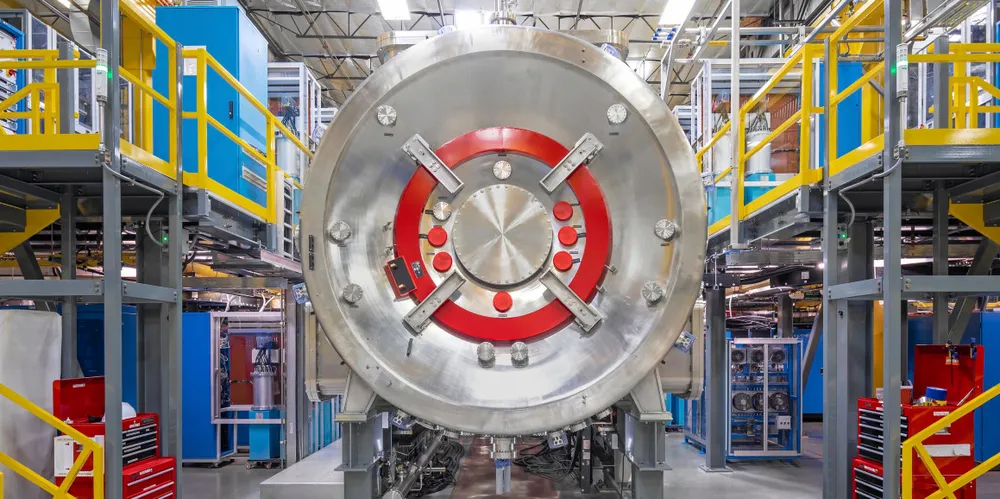'100,000 years of power' | US-Japan team hails H2-boron plasma fusion breakthrough
California-based TAE Technologies and Japan’s National Institute for Fusion Science claim success testing new fuel cycle, opening door to cleaner, lower cost energy than produced by conventional deuterium-tritium-based process
